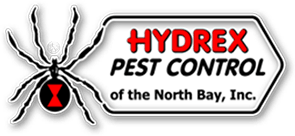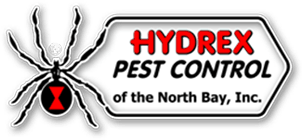The Ultimate Guide to Identifying Bed Bugs
Bed bugs are unwelcome guests that can turn your sanctuary into a battleground. Identifying these elusive pests is the first step toward effective control and prevention.
In this comprehensive guide, we'll delve into the world of bed bugs, covering their appearance, preferred hiding spots, and the telltale signs of infestation.
I. Appearance of Bed Bugs: Know Your Enemy
A. Adult Bed Bugs:
1. Size and Shape: Describe the typical size of adult bed bugs (about the size of an apple seed) and their flat, oval shape.
2. Coloration: Detail the reddish-brown color of unfed bed bugs, highlighting how their color changes to a deeper red after feeding.
B. Bed Bug Nymphs:
1. Size and Color: Explain the smaller size of nymphs and their translucent or light-colored appearance.
2. Development Stages: Briefly touch on the various stages of nymph development before reaching adulthood.
II. Common Hiding Spots: Where to Find Bed Bugs
A. Mattresses and Box Springs:
1. Seams and Folds: Discuss how bed bugs often hide in seams, folds, and tufts of mattresses and box springs.
2. Headboard and Footboard: Highlight the importance of checking these areas for signs of infestation.
B. Furniture and Upholstery:
1. Couches and Chairs: Explain how bed bugs can harbor in the seams and cushions of upholstered furniture.
2. Dressers and Nightstands: Emphasize the need to inspect and clean around these furniture pieces.
C. Cracks and Crevices:
1. Wall Outlets and Baseboards: Explore how bed bugs can find refuge in tiny cracks, including those around electrical outlets and baseboards.
2. Behind Wallpaper: Discuss the potential hiding spots behind wallpaper or peeling paint.
III. Signs of Infestation: Red Flags You Can't Ignore
A. Bite Marks: Describe the distinctive, itchy, and often grouped bite marks left by bed bugs.
B. Blood Stains: Explain how bloodstains on sheets or pillowcases may indicate bed bug feeding.
C. Dark Stains and Excrement: Detail the presence of dark stains or small black fecal spots on bedding, furniture, or walls.
D. Musty Odor: Mention the sweet, musty odor that some people associate with large bed bug infestations.
Armed with this comprehensive guide, you're now better equipped to identify bed bugs in your living space. Regular inspections, proactive measures, and prompt action are crucial in the battle against these persistent pests.
Stay vigilant, and ensure your home remains a bed bug-free haven for you and your loved ones.
If you suspect an infestation, consider consulting with a professional pest control service for a thorough and effective solution.

